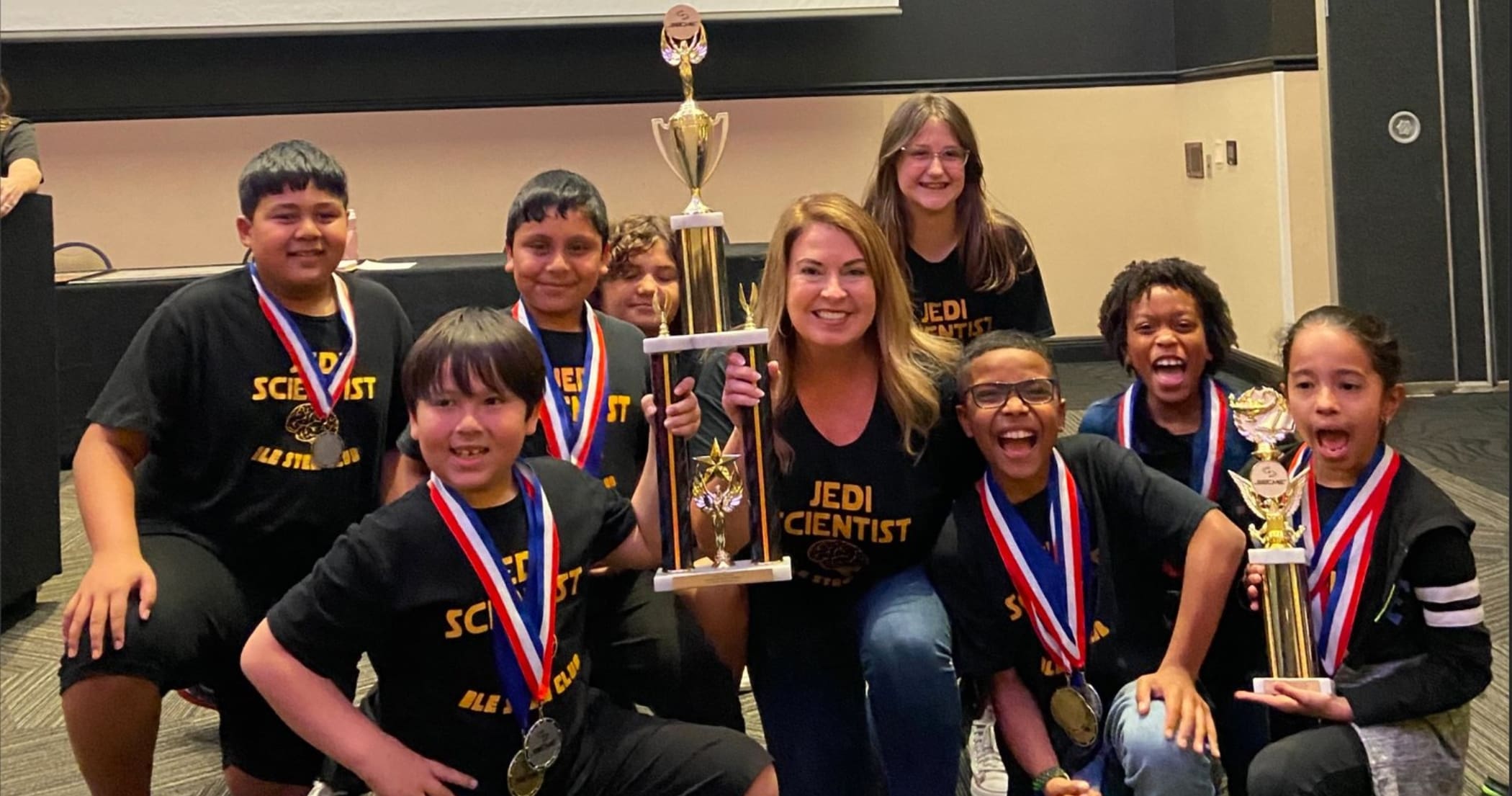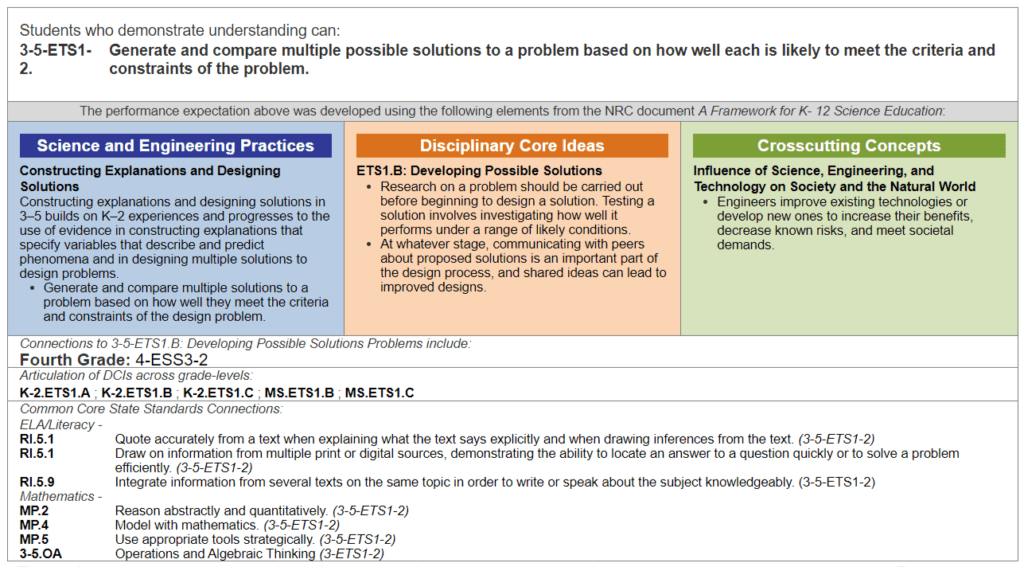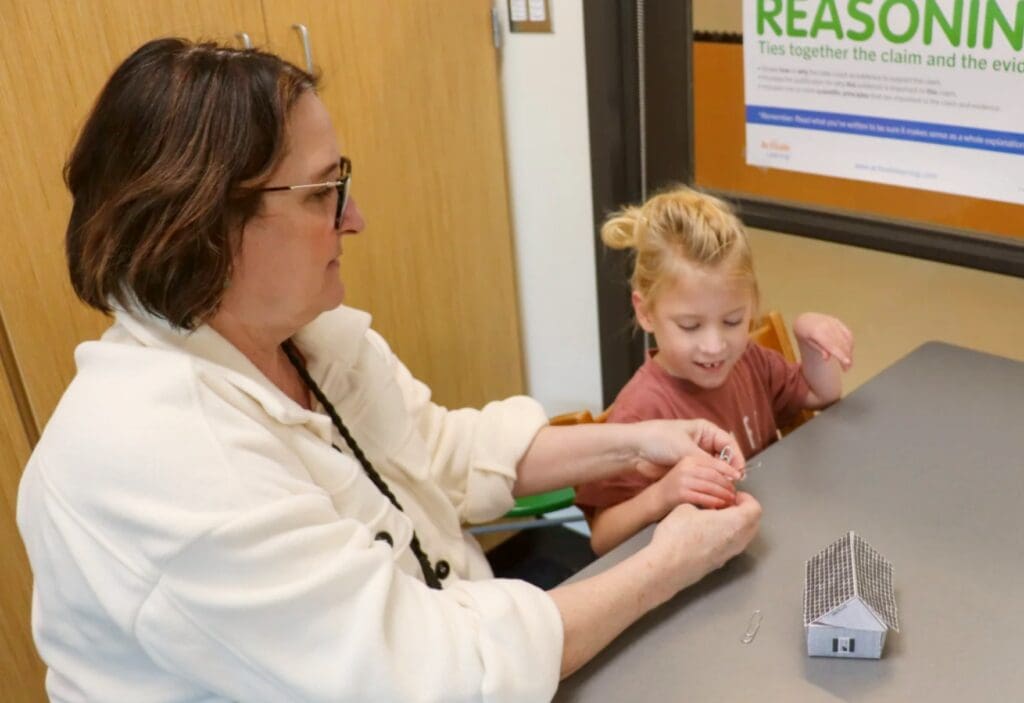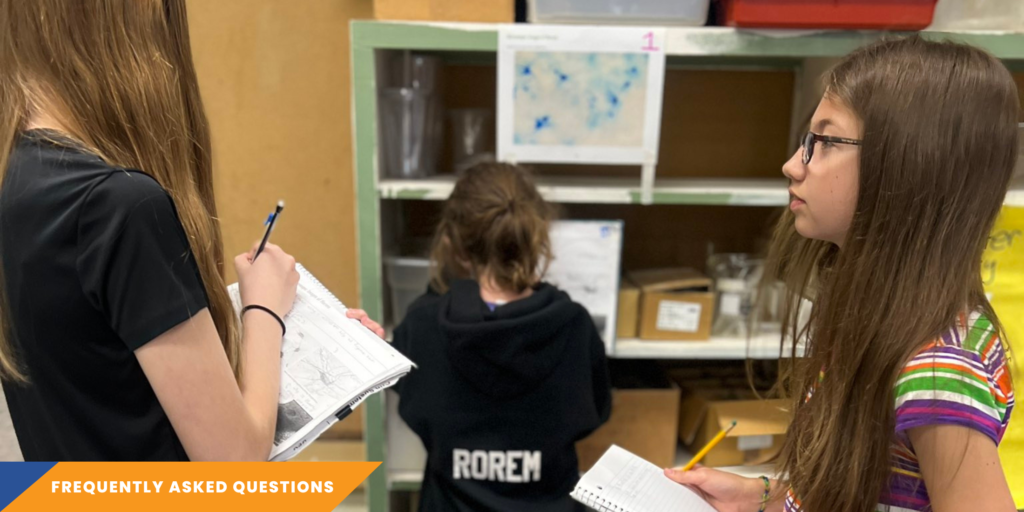Unlocking Young Minds: How to Teach Engineering to K-5 Students and Make It Stick! (part 2)

We're excited to back with part two of our three-part series on Elementary STEM education!
In part one of this series, we discussed the importance of teaching science and engineering in the elementary grades and explored how the Next Generation Science Standards (NGSS) help teachers with many of the challenges they have introducing science and engineering to young students.
We also explored how Activate Learning's PRIME curriculum addresses these challenges by providing elementary school teachers with the necessary tools and resources to confidently incorporate science, technology, engineering and math (STEM) learning in their classrooms.
PRIME, which stands for Problem-based, Relevant, Integrative, and Mindful of Equity, is a research-based K-5 curriculum that emphasizes real-world problem-solving through phenomena-based learning. This approach is aligned with NGSS standards for grades K-5, which encourage students to engage in scientific and engineering practices to solve problems.
In this post, we'll explore teaching engineering in grades K-5 and offer examples of how several schools are doing it successfully.
Challenges and Solutions
Engineering is a key component of STEM education. It teaches students how to think critically, solve problems, and work collaboratively to build solutions - skills that are essential for success in today's fast-paced world and prepares them for jobs of the future. Unfortunately, science and engineering instruction is under-resourced and not highly prioritized in preschool through elementary schools, with engineering receiving even less attention. These setbacks are only exacerbated in under-resourced schools.
According to a 2019 research study by The Research Journal for Engineering Education on elementary teachers' perceptions of K-5 engineering education and perceived barriers to implementation, elementary teachers were asked to identify the top two factors that would improve their ability to teach engineering. The majority (76%) indicated that training and information on how to teach engineering was the most important factor, followed by additional materials (56%), guidance on what to teach in engineering classes (42%), and support for teaching engineering (18%). A small percentage (9%) suggested additional time for planning and teaching engineering as an area for improvement.
The good news is that many of these challenges that teachers expressed as being barriers to the implementation of engineering in elementary grades have been solved for with the NGSS. The path forward for teachers to give young learners an early and solid foundation in engineering education has never been brighter, clearer or easier.
In a recent research study, (Science and Engineering in Preschool Through Elementary Grades - The Brilliance of Children and the Strengths of Educators) the National Academies of Science, Engineering and Medicine recommends that science and engineering instructional materials for elementary grades:
- provide opportunities for children's sensemaking around investigation and design;
- build on children's interests and repertoires of practice;
- provide educative supports for teachers;
- provide opportunities for teachers to make productive adaptations to meet contextual needs;
- provide supports for teachers to make meaningful connections to communities and families;
- explore integrating science and engineering with other domains in ways that benefit children's learning and use instructional time effectively;
- are manageable for use in preschool and elementary settings;
- align preschool and elementary instruction; and
- show evidence of effectiveness.
But what does engineering education using these core guiding principles and the NGSS actually look like in K-5 classrooms? Here's a snapshot of the NGSS Engineering Design:

[PHOTO: 3-5-ETS1-2 Engineering Design CREDIT: NGSS]
To see how high-quality curricula should align with the NGSS Design and Crosscutting Concepts, download our PRIME NGSS Alignment Performance Expectations.
Effective engineering education that truly engages young learners begins with high-quality, phenomena-based curriculum. Activate Learning's PRIME curriculum units, for example, integrate Engineering Design Projects at each grade level, providing students with opportunities to apply science concepts to engineering questions and problems. For instance, in Grade 1, students build an instrument that can change volume and pitch, while in Grade 4, they design a robotic arm to collect samples on Mars based on their analysis of the structure and function of a human joint.
Instructional materials should also make it easy and flexible for teachers to plan lessons and assess students. PRIME has a predictable routine of Explore, Explain, Reflect and Discuss. These components can be broken up to meet the time frame an elementary teacher has for science instruction. Teachers familiar with the 5E Model will recognize this as a modified 5E Instructional Model. Engineering activities are embedded throughout all topics/grades. The digital version makes the curriculum completely interactive with text, drawing tools, audio readings, text-to-speech, and translation capacities. Teachers are supported in developing a culture and climate in their classroom that promotes developing science literacy through doing, talking about, reading, and writing about science.
And, to reach all young learners, engineering curriculum must also facilitate equitable learning. PRIME provides opportunities for inclusion, equity, and equal opportunities for all students to engage with the content across all grades.
Here are a few inspiring examples of how elementary schools around the country are successfully engaging students in engineering:
- Elementary School Students Design Tornado-Resistant Paper Houses in STEM Class: At Swift Water Elementary School, STEM Specialist, Nicollette LeTellier, tasked third-grade students with building paper houses that could withstand a simulated tornado. Using only two pieces of tape, two paper clips, scrap paper, and toothpicks, students designed houses that could resist a strong wind from a box fan. Through the project, students learned about the basics of architecture and engineering, developing skills that could later be applied to creating sturdy structures that could withstand extreme weather conditions. Such hands-on activities, says LeTellier, promote problem-solving skills and an innovative mindset. [read more]

[PHOTO: A paraeducator helps a special education student create a paper house for an engineering design challenge in her STEM class. Credit: Peninsula School District]
- Elementary Students Learn STEM and Environmental Stewardship Through Beehive Engineering Project: Evonik Chemical Company partnered with an elementary school in Theodore, Alabama to promote STEM education by building over 40 beehives. The beehives will be placed on a nearby farm and maintained by an Evonik employee, who is also a beekeeper. Students will learn about the importance of bees and pollination through a hands-on experience, decorating the hives and eventually harvesting honey next year. This project aligns with the NGSS suggestions for teaching engineering to elementary school students by engaging them in real-world problems, using hands-on activities, and making connections to the natural world. [read more]
- Elementary School's Jedi Scientists to Compete in National Engineering Competition: Apopka Elementary School STEM Club's "Jedi Scientists" team won the Southeastern Consortium for Minorities in Engineering competition at the national level, with a team of third to fifth-grade students competing in egg drop, balsa wood bridge, and mousetrap car contests. The win showcased the team's hard work and dedication. SECME, founded in 1975, aims to tap new talent groups underrepresented in the engineering profession, including minorities and women. The school-university partnership model is teacher-centered, and the SECME's mission is to promote excellence, equity, and change in K-12 education. [read more]
Empower K-5 Students to Engineer their Future and Build Critical Lifelong Skills
Introducing engineering in elementary schools is crucial to prepare young learners for the future. Hands-on activities, such as building tornado-resistant paper houses or beehives, teaches students to think critically, solve problems, and work collaboratively -- essential skills for success in today's fast-paced world. And, as you can see from the few examples we provided above, introducing young students to engineering can be engaging and fun for students and teachers. But, as we discussed in part 1 of this series, elementary school teachers face challenges implementing science and engineering learning in their classrooms and they require innovation and ongoing support to help them succeed.
To learn more about how PRIME can give K-5 students a head start in STEM, and give teachers the tools and support they need, watch our Intro to PRIME video, visit our PRIME program page, and subscribe to our monthly newsletter to get notified when we post the third blog in this series on introducing STEM careers to elementary students (it's never too early to start students on the path to STEM careers!).
Look out for next month's post (the last one in this series)!
[PHOTO CREDIT: Dream Lake Elementary's Jedi Scientists Team B Mousetrap car team, grades 3-5 - CREDIT: The Apopka Voice]
* * * * *




